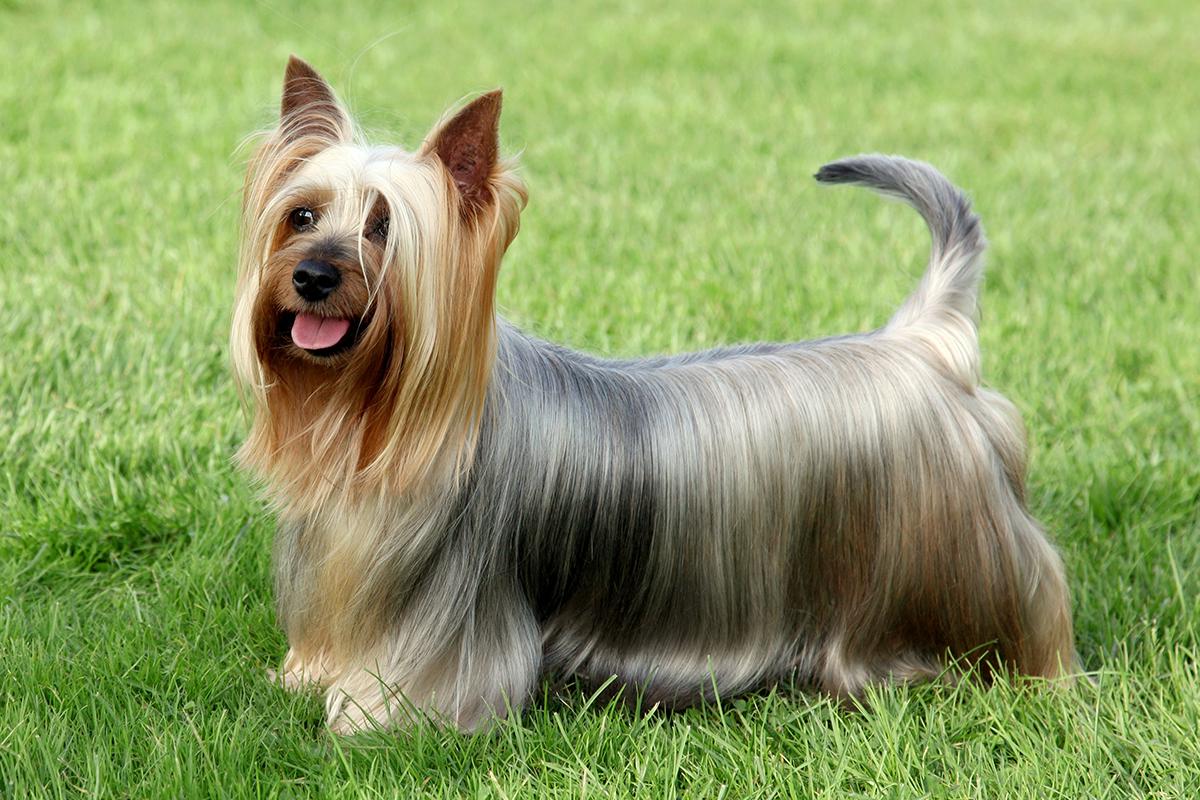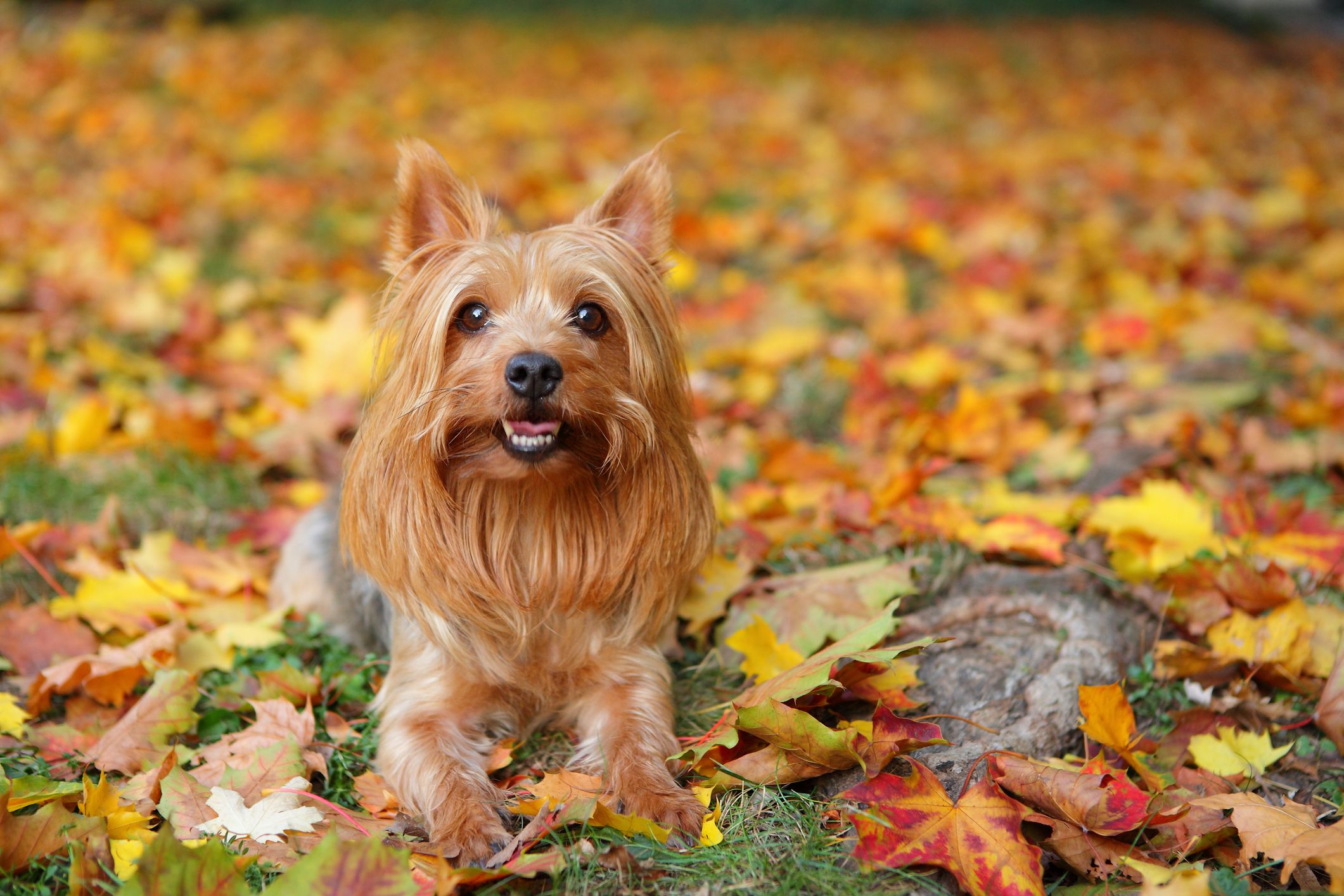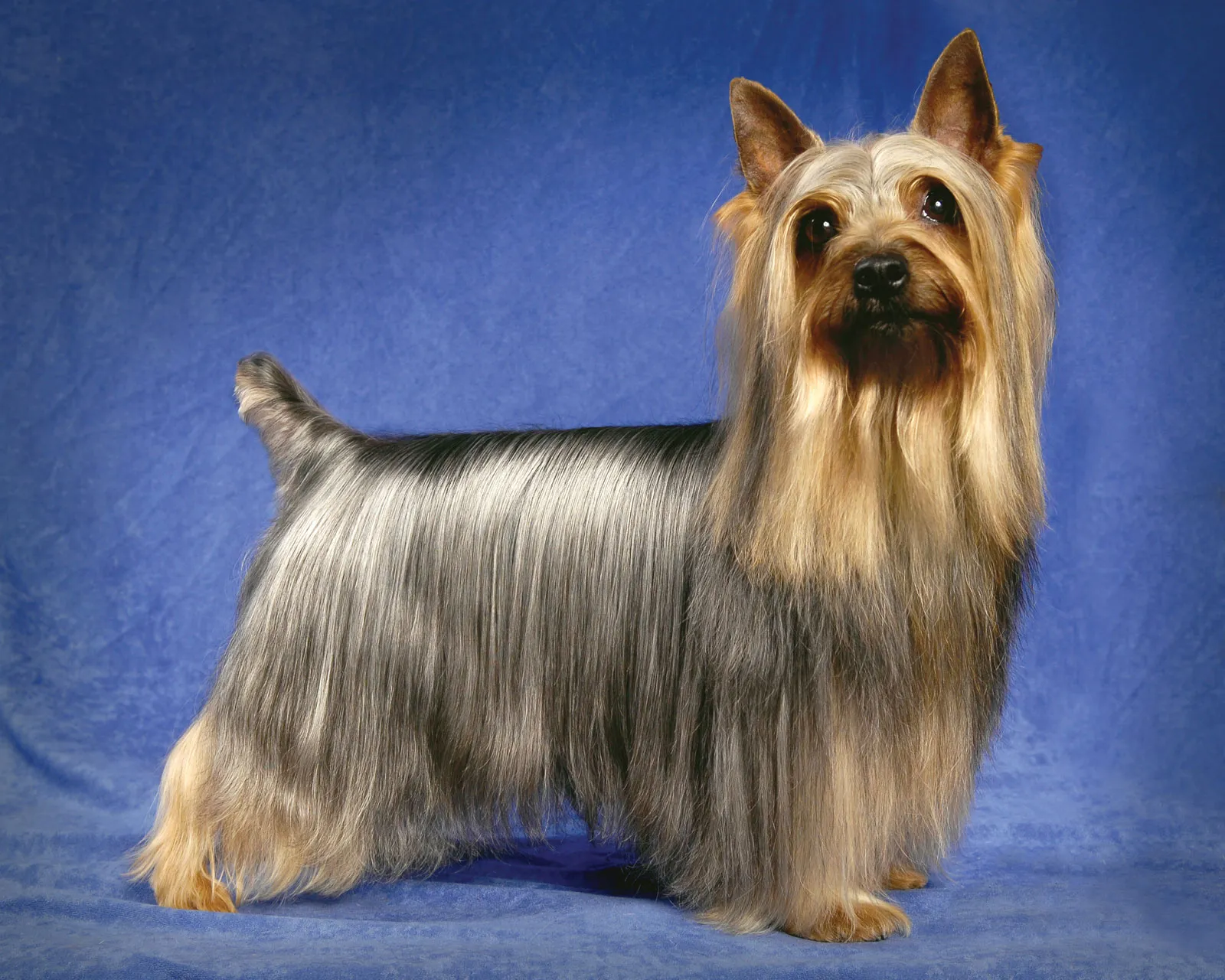
The Silky Terrier, also known as the Australian Silky Terrier, originated in Australia in the late 19th century. This small but confident breed was developed by crossing the Australian Terrier with imported Yorkshire Terriers. The goal was to combine the Yorkshire Terrier’s elegance with the hardiness and alertness of the Australian Terrier.
Initially known as the Sydney Silky, the breed was officially renamed the Australian Silky Terrier and recognized as a distinct breed by kennel clubs in the mid-20th century. It quickly gained popularity as both a stylish companion and an effective vermin hunter.
The Silky Terrier has long enjoyed popularity in Australia and later in the United States, where it was recognized by the American Kennel Club in 1959. Though not as commonly seen as other toy breeds like the Yorkshire Terrier or Shih Tzu, the Silky Terrier has a loyal following among owners who admire its lively personality, intelligence, and low-shedding coat.
It is especially well-suited for city dwellers seeking a portable, confident companion with a terrier’s bold heart.
The Silky Terrier is a small, elegant dog with a fine, glossy coat and alert, animated expression.
• Height: 9–10 inches (23–25 cm)
• Weight: 8–11 pounds (3.5–5 kg)
• Build: Compact, low-set, and well-proportioned
• Coat: Long, straight, and silky with a fine texture
• Color: Blue and tan, often with silver-blue and steel-blue shades
• Head: Moderately long with a flat skull and wedge-shaped muzzle
• Eyes: Small, almond-shaped, and dark
• Ears: Small, V-shaped, and carried erect
• Tail: High-set and carried erect (traditionally docked in some countries)
Despite their dainty appearance, Silky Terriers are agile and sturdy, built for movement and alertness.
Silkies are classic terriers: lively, intelligent, and full of personality.
• Affectionate: Strongly bonded to their family and enjoy companionship.
• Alert: Quick to sound the alarm, making them excellent watchdogs.
• Confident: Spirited and self-assured despite their size.
• Intelligent: Fast learners with a curious, inquisitive nature.
• Energetic: Require regular stimulation and love playtime.
They carry themselves with pride and enjoy being at the center of attention in any household.

The Silky Terrier is ideal for:
• City dwellers looking for a lively, compact companion
• Families wanting a small but bold and interactive pet
• Individuals seeking a low-shedding dog with a striking appearance
• Experienced dog owners who appreciate terrier personalities
However, it may not be ideal for:
• Homes with very young children (due to their sensitivity and small size)
• People looking for a quiet or low-energy lapdog
• Owners unwilling to maintain regular coat grooming
Silkies need both physical and mental activity to stay well-balanced.
• Exercise: Moderate; daily walks and indoor play sessions are sufficient.
• Training: Highly trainable with positive reinforcement; early socialization is key.
• Grooming: Daily brushing or regular trimming to prevent tangles; bathe as needed.
• Living Environment: Adaptable to apartment or house living with proper exercise.
• Feeding: High-quality diet for small, active breeds.
Terrier instincts mean they may chase small animals, so leash or secure areas are recommended.
The Silky Terrier is generally healthy but may be prone to:
• Tracheal collapse
• Luxating patella (kneecap dislocation)
• Legg-Calvé-Perthes disease
• Dental issues due to their small mouths
Lifespan typically ranges from 12 to 15 years with proper veterinary care and attention to their small-dog health needs.

• Yorkshire Terrier: The Yorkie is smaller and more delicate, while the Silky is sturdier and slightly more outgoing.
• Australian Terrier: Shares ancestry; Australian Terriers have a rougher coat and a more rugged look.
• Cairn Terrier: More rustic and earth-toned in appearance, with a denser and less refined coat.
If you're seeking a dog that combines elegance with tenacity, and you enjoy an energetic, talkative, and devoted companion, the Silky Terrier might be the perfect fit. They are charming and confident, with just the right amount of sass to keep you entertained.
Prospective owners should be ready for a grooming commitment and a bit of feisty terrier attitude.
Look for responsible breeders who test for common genetic health issues. Breed-specific rescue organizations also offer adoption opportunities for Silky Terriers in need of loving homes.
United Pet Club offers tools like microchip registration, grooming resources, and health monitoring to help you raise a happy, healthy Silky Terrier.